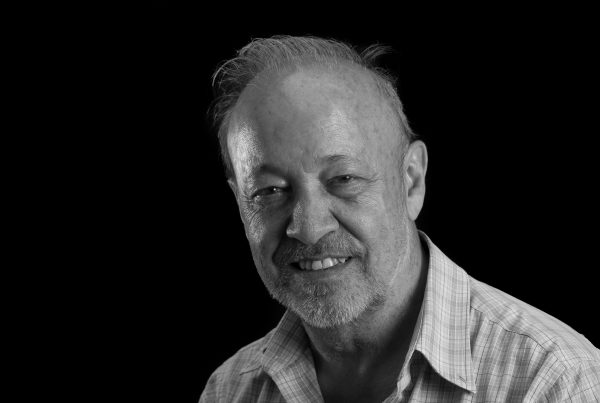Selected publications
– Blain HA, Bailon S & Agustí J 2016, ‘Geographical and chronological pattern of the herpetofaunal Pleistocene extinctions in the Iberian Peninsula’, Comptes Rendus Palevol, 15, 6, 731 – 744.
– Blain HA, Lozano-Fernández I, Agustí J, Bailon S, Menéndez L, Espígares MP, Ros-Montoya S, Jiménez JM, Toro-Moyano I, Martínez-Navarro B & Sala R 2016, ‘Refining upon the climatic background of the Early Pleistocene hominid settlement in western Europe: Barranco Le on and Fuente Nueva-3 (Guadix-Baza Basin, SE Spain)’, Quaternary Science Reviews, 144, 132-144.
– Piñero P, Agusti J, Blain HA & Laplana C 2016, ‘Paleoenvironmental reconstruction of the Early Pleistocene site of Quibas (SE Spain) using a rodent assemblage’, Comptes Rendus Palevol, 15, 6, 659 – 668.
– Prikryl T, Gómez de Soler B, Campeny G, Oms O, Roubach S, Blain HA & Agustí J 2016, ‘Fish fauna of the Camp dels Ninots locality (Pliocene): first results with notes on palaeoecology and taphonomy’, Historical Biology, 28 (3), 347–357.
– Rey Rodríguez I, López-García JM, Bennàsar M, Bañuls-Cardona S, Blain HA, Blanco-Lapaz A, Rodríguez-Álvarez XP, de Lombera-Hermida A, Díaz-Rodríguez M, Ameijeida-Iglesias A, Agustí J & Fábregas-Valcarcel R 2016, ‘Last Neanderthals and first Anatomically Modern Humans in the NW Iberian Peninsula: climatic and environmental conditions inferred from the Cova Eirós small-vertebrate assemblage during MIS 3’, Quaternary Science Reviews, 151, 185 – 197.
– Bourguignon L, Crochet JY, Capdevila R, Ivorra J, Pierre-Olivier A, Agustí J, Barsky D, Blain HA, Boulbes N, Bruxelles L, Claude J, Cochard D, Filoux A, Firmat C, Lozano-Fernández I, Magniez P, Pelletier M, Rios-Garaizar J, Testu A, Valensi P & De Weyer L 2016, ‘Bois-de-Riquet (Lezignan-la-Cebe, Herault): A late Early Pleistocene archeological occurrence in southern France’, Quaternary International, 393, 24 – 40.
– Agustí J & Marotó J 2016, ‘Pere Alsius, la paleontologia i l´evolució’, Quaderns CECB, 36, 105-121.
